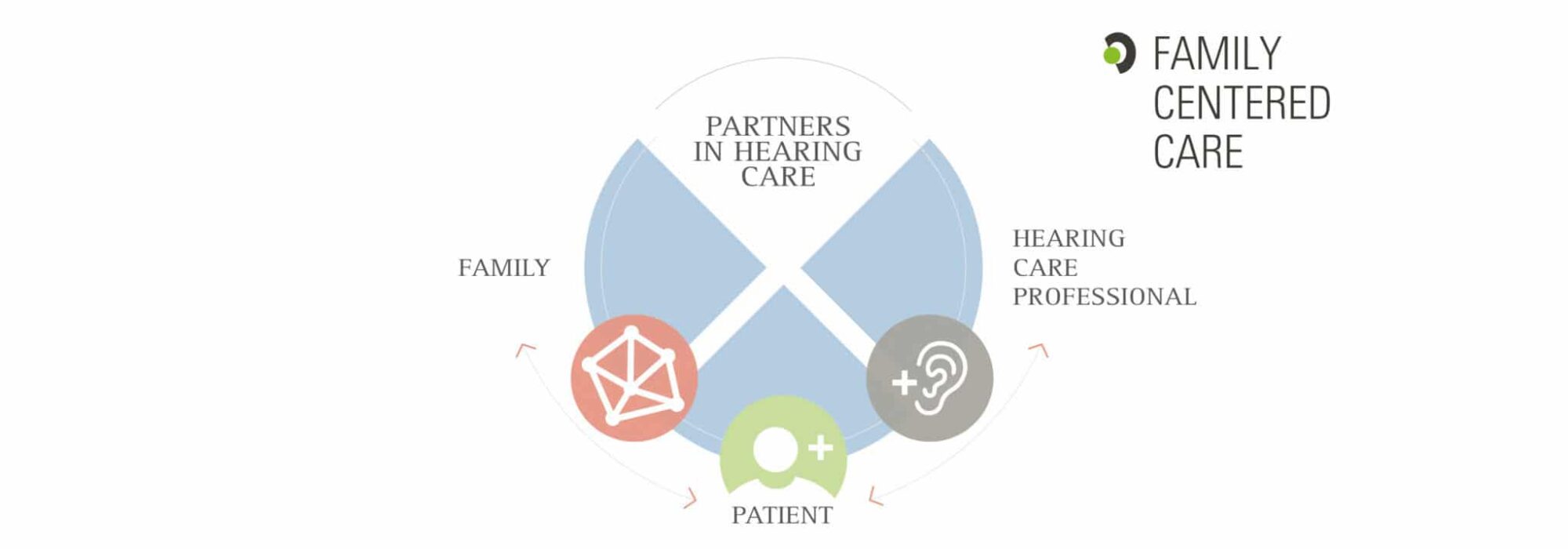Enhancing Learning: Addressing Auditory Processing Issues In Dyslexia
Enhancing Learning: Addressing Auditory Processing Issues In Dyslexia
Blog Article
Web Content Created By-Ivey Sykes
When you take into consideration the challenges that dyslexic learners encounter, it's clear that acoustic processing issues usually play a significant function. You might question how tailored techniques can bridge the gap between auditory directions and understanding. By incorporating visual aids and damaging tasks right into manageable actions, you might enhance emphasis and understanding. However, the options do not quit there. What other techniques can produce a genuinely helpful knowing atmosphere that promotes success and confidence?
Understanding Dyslexia and Auditory Handling
Dyslexia impacts roughly 1 in 5 individuals, making it among one of the most usual learning impairment. If you're navigating dyslexia, you might discover that it doesn't just impact analysis and writing; it can also affect exactly how you process acoustic details.
Acoustic processing refers to how your brain interprets audios, including language. When you deal with this, it can lead to difficulties in recognizing talked directions and complying with discussions.
You could notice that you often misunderstand what you hear or that it takes longer for you to respond in conversations. visit their website isn't a representation of your intelligence; it's a particular problem related to refining acoustic signals.
Understanding this link is critical due to the fact that it aids clear up why you might master aesthetic tasks while facing obstacles in jobs that depend on auditory comprehension.
Recognizing these difficulties can encourage you. By recognizing the complexities of dyslexia and auditory processing, you can better support for your needs, whether in educational settings or social situations.
It's essential to recognize these issues so you can look for the appropriate support and approaches in the future.
Efficient Strategies for Assistance
Browsing the obstacles of auditory processing can feel overwhelming, but there work methods that can help you prosper.
By executing these strategies, you can boost your discovering experience and enhance your capability to procedure auditory details.
- ** Make use of aesthetic help **: Matching acoustic directions with visual supports, like charts or representations, can substantially enhance comprehension.
- ** Break tasks right into smaller sized steps **: Simplifying instructions right into convenient chunks enables you to concentrate and refine details better.
- ** Practice energetic paying attention **: Participate in workouts that motivate you to listen attentively, such as summarizing what you've heard or asking questions for clarification.
- ** Integrate modern technology **: Make use of applications or software created to help with acoustic handling, such as speech-to-text devices or audiobooks, to reinforce discovering.
Creating Encouraging Knowing Environments
Producing a supportive understanding environment is crucial for assisting people with acoustic processing obstacles succeed. Start by reducing interruptions in your class or learning area. Use acoustic panels or soft furnishings to take in sound, which can aid pupils concentrate better. Make autism ed attorney near me seating setups enable clear sightlines to the educator and any type of visual help.
Next off, incorporate clear and succinct interaction. Speak slowly and utilize straightforward language, checking for recognizing frequently. Motivate trainees to ask questions if they're unsure. Aesthetic aids like graphes, diagrams, and composed directions can boost comprehension and retention.
Additionally, cultivate a culture of patience and understanding among peers. Educate trainees concerning auditory processing issues, advertising empathy and assistance. Team tasks can be helpful; just make certain that duties are clear which students collaborate to sustain each other.
Lastly, give regular comments. Celebrate progress and accomplishments, regardless of how tiny. This inspiration develops confidence and reinforces the concept that knowing is a trip.
Conclusion
In your trip to improve discovering for individuals with dyslexia, think of each method as a stepping stone across a river. By weaving with each other auditory and visual aids, damaging jobs into bite-sized items, and nurturing a helpful environment, you aid create a bridge to understanding. Remember, fostering compassion amongst peers and interesting households can light the path to success. With patience and dedication, you'll empower students to overlook challenges, changing their battles right into staminas.
